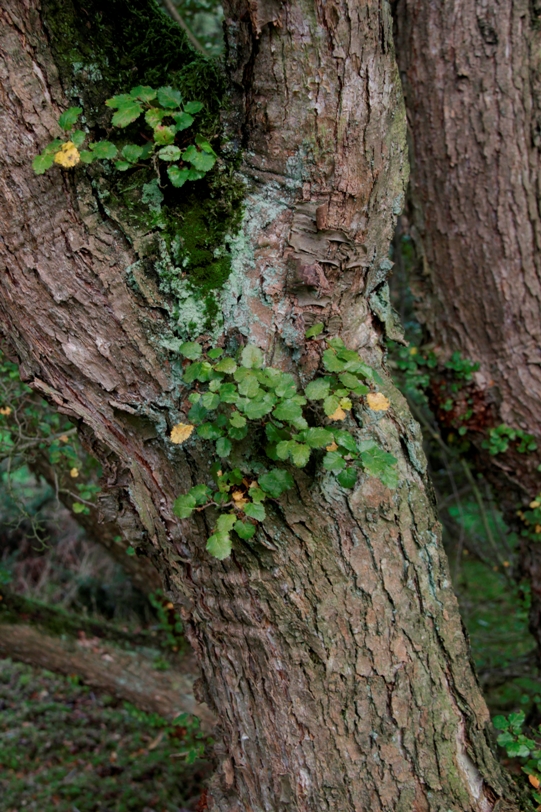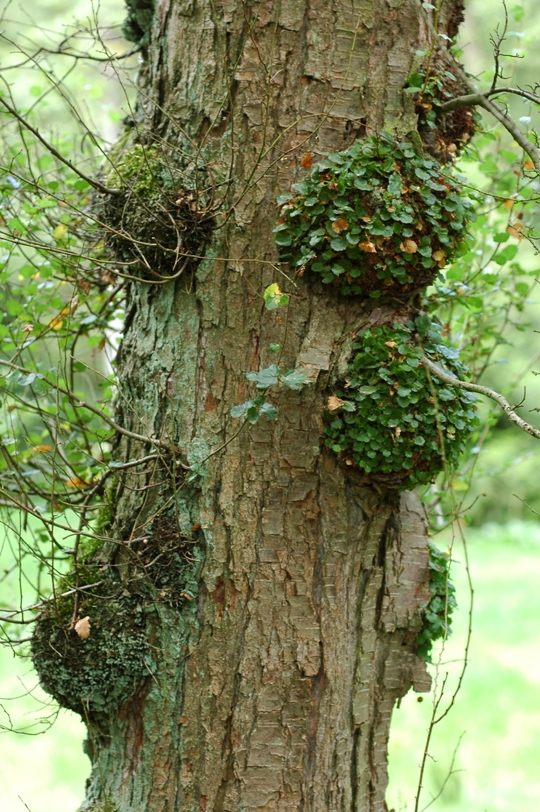Antarctic Beech
Nothofagus antarctica
Southern beech family (Nothofagaceae)
Twice in error
Carl Ludwig Blume, who erected the genus in 1850, wanted to name the genus Notofagus (southern beech) but decided on Nothofagus (false beech). The genus is colloquially referred to as the southern beeches regardless. This species was named 'antarctica' by the explorer Forster who did his best to reach this continent, but never succeeded. This species does not grow on Antarctica today but is the southernmost growing tree on earth.
The southern beech does resemble the beech and has long been considered a close relative. Mature trees form cushion-shaped rosettes on the old trunks. They are covered with a large number of short shoots, which if the tree falls can easily grow into new trees. This is usual for plants that grow in marshy areas.
Themes
Crown jewel in the Von Gimborn Arboretum.
Its occurrence on Hoste Island (Chile) at 56 oS earns it the distinction of being the most southernmost tree on earth.
Geurt aangenaam vooral in de het voorjaar en in de herfst.
Details
| Description: | Tree, 10-25 m with a cushion-like rosette of leaves on the mature stem |
|---|---|
| Distributions: | Southern chile and argentina |
| Habitat: | Temperate forest. |
| Year cycle: | Perennial (polycarpic decidous) |
| Hardiness: | 5 - 14 f (hardy - cold winter) |
| Flowering period: | Mei |
| Flower color: | Yellow, green |
| Notes on flowers: | The flowers are inconspicuous yellow-green catkins. |
| Fruit color: | Brown |
| Notes on fruits: | The fruit is a 6mm long, four-valved capsule with 3 nutlets |
| At its best: | Mei |
Sources
http://dendrologie.nl/wp-content/uploads/Nothofagus-antarctica-een-bijzondere-zuidelijke-exoot.pdf,https://www.verspreidingsatlas.nl/8308,
www.volkoomen.nl/N,
%20O/Nothofagus.htm,
http://www.bomenstichting.nl/infotheek-en-faq/informatie-over-bomen/schijnbeuk.html,
https://herbaria.plants.ox.ac.uk/bol/plants400/Profiles/MN/Nothofagus



